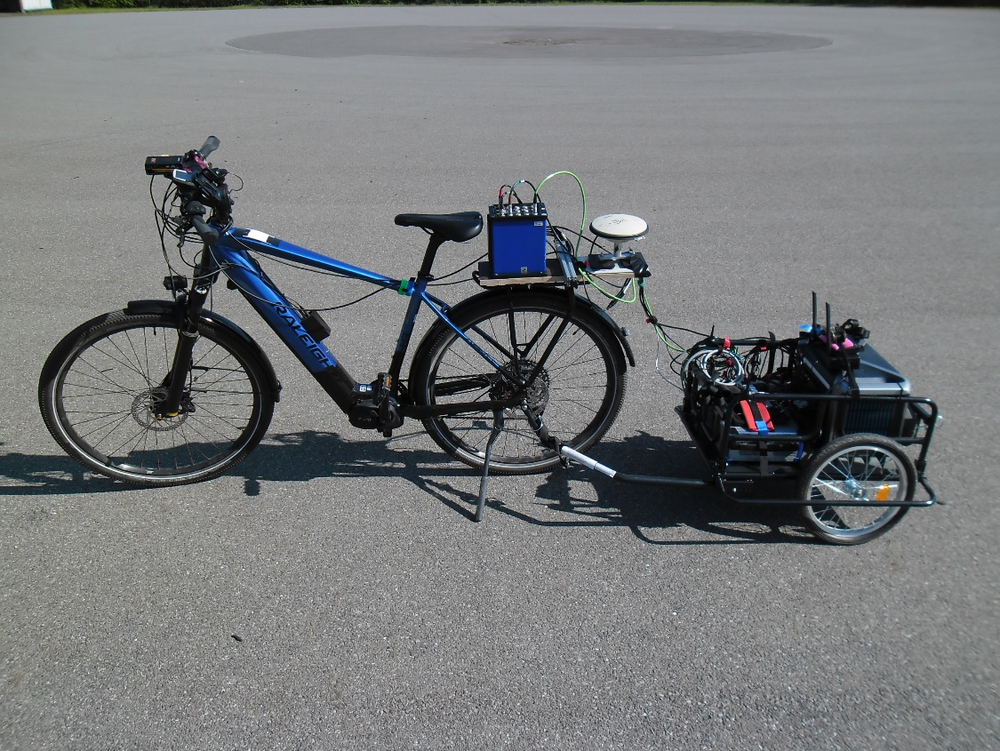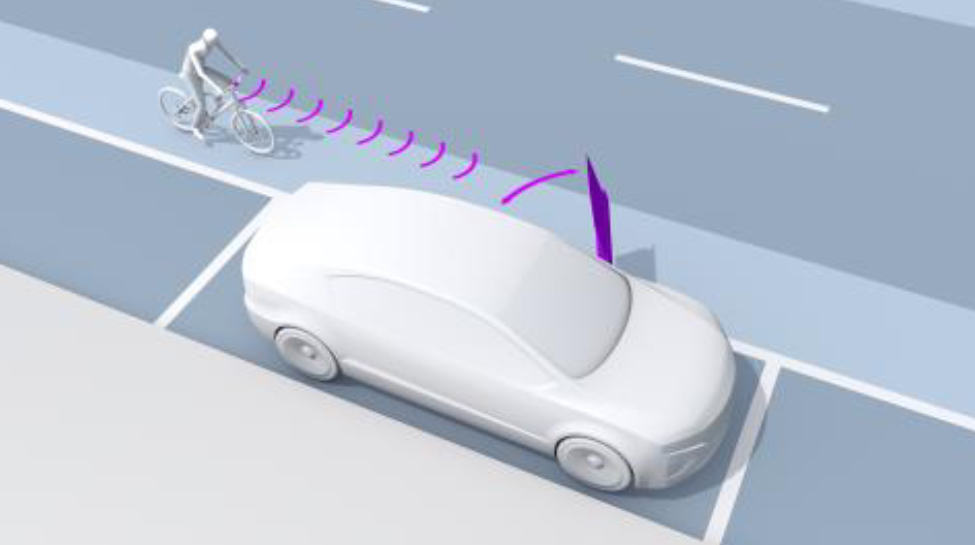Study: How smart bikes could make cycling safer
- Smart technology for greater safety: DLR and IAV use a specially equipped bicycle to demonstrate how communication technologies can protect cyclists in dangerous traffic situations.
- Early warnings: The system communicates with other vehicles via mobile radio, calculates potential collision risks with them and uses the data to warn cyclists.
- Positive results from practical tests: the technology worked reliably, particularly in scenarios with a clear line of sight between the interaction partners, but with some limitations even under more difficult conditions. A warning 3.5 to 4 seconds before the potential collision proved to be the shortest period of time for an effective warning.
- Even better through further development: Improved localisation and optimised communication could make the systems even better - a step towards greater safety for all road users.
- Focal points: Safety, cycling, communication
Cycling is not only healthy and environmentally friendly, it is also an increasingly important part of modern mobility. However, road traffic harbours a number of dangers for cyclists. And this is precisely where the SivF (Safe, Intelligent, Connected Bicycles) research project comes in, which was carried out in collaboration between the German Aerospace Center (DLR) and IAV GmbH on behalf of the Federal Ministry for Digital and Transport (BMDV), represented by the Federal Highway and Transport Research Institute (BASt) under FE No. 82.0808/2022. The aim of the study was to investigate whether intelligent communication technologies can be used to increase the safety of cyclists in highly critical situations.
Smart technology on two wheels
Imagine if your bike could "talk" to other vehicles and warn you of a hazard in good time - for example, if the door of a parked car suddenly opens (so-called "dooring") or if a lorry turning right takes your right of way as a cyclist. These mind games are made possible by so-called "co-operative intelligent traffic systems" (C-ITS for short). To test this scenario, IAV has developed a research bicycle (see Fig. 1) equipped with modern communication technology and precise localisation systems and tested it in real driving trials. A special device was used that exchanges signals with cars via radio and determines the position of the bicycle with high precision. This data was then compared with a reference system that works so precisely that even the smallest deviations could be detected.


The test setup – how it was tested
The aim of the study was to find out how accurately and reliably the cyclist's position is determined and the radio connection between the car and the cyclist is established. Such information was important for the researchers in order to determine the time buffer required to warn a cyclist of a critical situation in good time. In order to test the technology under realistic conditions, three typical dangerous situations in road traffic were simulated (see Fig. 2):
- Dooring scenario: A parked car suddenly opens the door while the cyclist passes from behind. This is a typical accident situation in urban areas with side parking lanes for cars, which often results in serious injuries to the cyclist.
- Turning right with cyclists: In this scenario, the car drives out of a side road towards a junction in order to turn right. The cyclist moves parallel to the main road on the cycle path towards the potential conflict point at the junction.
- Pulling out of a driveway: This situation is similar to the right turn situation, but the visibility conditions are usually less favourable. Here, the scientists investigated how the technology works under more complex conditions, for example when there is no clear line of sight between the car and the bicycle, but rather shadowing from buildings. It was particularly important to test how obstacles such as house walls or trees affect communication and localisation.



In each of these scenarios, the project participants carried out numerous test drives in order to obtain statistically verified results and identify potential improvements to the technology used.
The tests – safety in practice
The results of the tests are promising, with smart communication between the vehicles working well in most cases. This shows that the technology can help to defuse dangerous situations in good time. One highlight of the tests was that the systems showed very low error rates and delays in data transmission in many cases. This meant that the cyclist was informed in good time, giving them important seconds to react and thus prevent a collision.
IAV and DLR have also identified areas that require further research in the future in order to provide cyclists with a system that reliably warns them of dangerous situations. Difficulties arose in particular when obstacles such as buildings or trees interfered with the signal and inaccuracies occurred when locating the bicycle. While the technology was accurate to within two metres under ideal conditions, the deviation increased to up to four and a half metres under more difficult conditions, such as in narrow streets, and thus to a range that would not yet be sufficient for series production.
Why is the technology still worthwhile?
Despite the challenges, it has been shown that such systems can give cyclists valuable seconds to react appropriately by informing them of potential dangers at an early stage. An unexpected danger thus becomes one that you can prepare for - and that can save lives.
What needs to be improved?
Some improvements are still needed to make such systems truly suitable for mass use:
- Better localisation: More precise technology for determining location, for example using additional sensors.
- Fewer false alarms: Systems must be able to reliably distinguish between real dangers and harmless situations. If the system warns unnecessarily too often, the threshold for ignoring the warnings decreases.
- Ease of use: Cyclists should be able to benefit from the advantages of such technologies without much effort.
Conclusion: A step towards safe mobility
The SivF project shows: Bicycles with smart safety technology have the potential to make road traffic safer for cyclists. Especially in cities, where bicycles and cars are often travelling close together and share the road space, the technology can make an important contribution.

